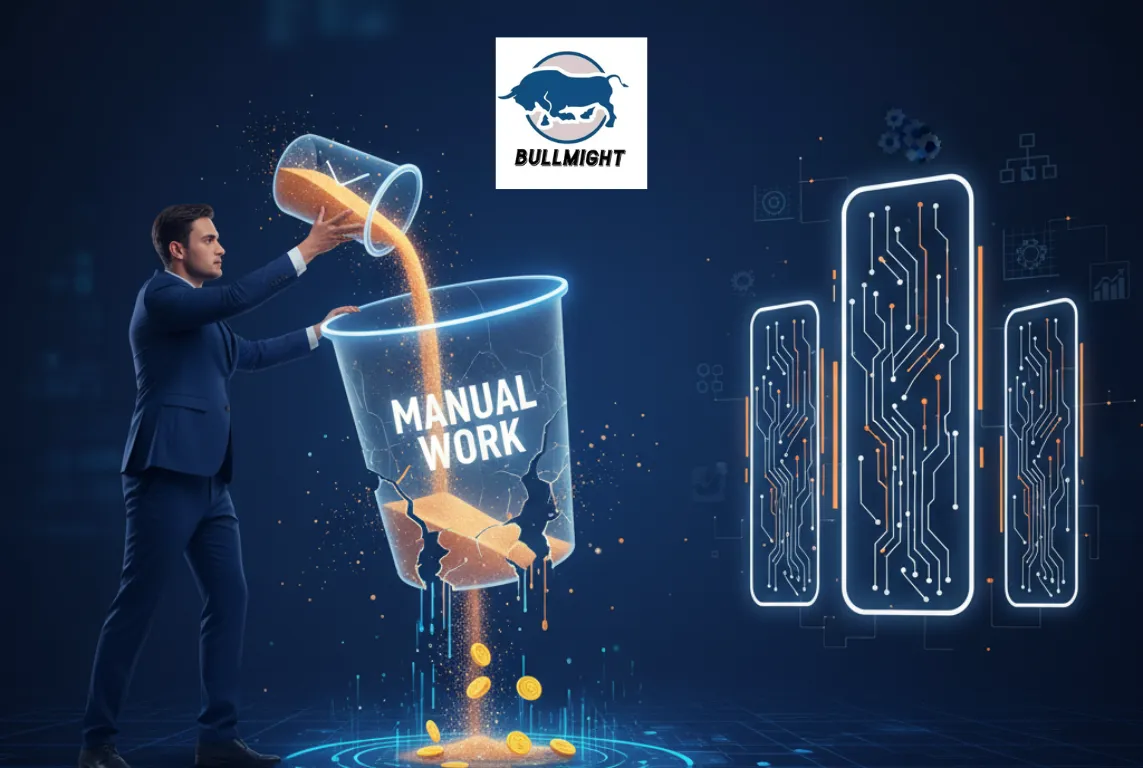WELCOME!
Empowering Families, One Skill at a Time
Discover a world of practical advice, inspiring stories, and expert insights designed to help you navigate the rewarding journey of parenthood. At Positive Parenting Skills, we're dedicated to equipping you with the tools and strategies you need to create a nurturing and positive environment for your family. Whether you're looking for guidance on effective discipline, tips for fostering emotional intelligence, or creative activities to bond with your children, our resources are here to support you every step of the way.
About Us
At PositiveParentingSkills.com, we are passionate about more than just travel; we’re committed to fostering connections between cultures and encouraging mindful exploration. Through our meticulously curated guides, engaging stories, and breathtaking photography, we aim to inspire a deeper understanding of the world and its people. Every journey is an opportunity for growth, and we’re here to help you make the most of yours.

OUR BLOG
Professionals Team
Our team at
is a diverse group of passionate storytellers and explorers, united by a love for travel and a desire to share our experiences with you.
Our Writers: Adventurous souls who have wandered through hidden villages, trekked untouched landscapes, and savored the world’s diverse flavors. They bring their unique perspectives to every piece, weaving together stories that capture the true spirit of each destination.Our Photographers: Visual storytellers who use their cameras to capture the essence of our travels. Through their lens, you’ll experience the world in vivid detail, feeling the pulse of every place we explore.Our Behind-the-Scenes Team: A dedicated group of editors, researchers, and tech experts who ensure that each story is not only engaging but also accurate and reliable. They keep everything running smoothly, so you can enjoy a seamless experience on our site.
We’re not just a team—we’re a family of explorers, driven by the belief that travel has the power to transform lives. Whether you’re looking for practical tips, cultural insights, or just a bit of inspiration, we’re here to guide you every step of the way.

FAQS
What is the mission of PositiveParentingSkills.com?
Our mission is to inspire and guide mindful, responsible travel through engaging stories, practical tips, and stunning photography. We aim to connect cultures and encourage exploration that leaves a positive impact.
How often is new content published?
We publish new content regularly, with updates typically every week. By subscribing to our newsletter, you’ll be the first to know when fresh stories and guides are available.
Can I contribute to PositiveParentingSkills.com?
Yes! We welcome contributions from fellow travelers and storytellers. Please visit our “Contribute” page for more information on how you can share your stories with our community.




